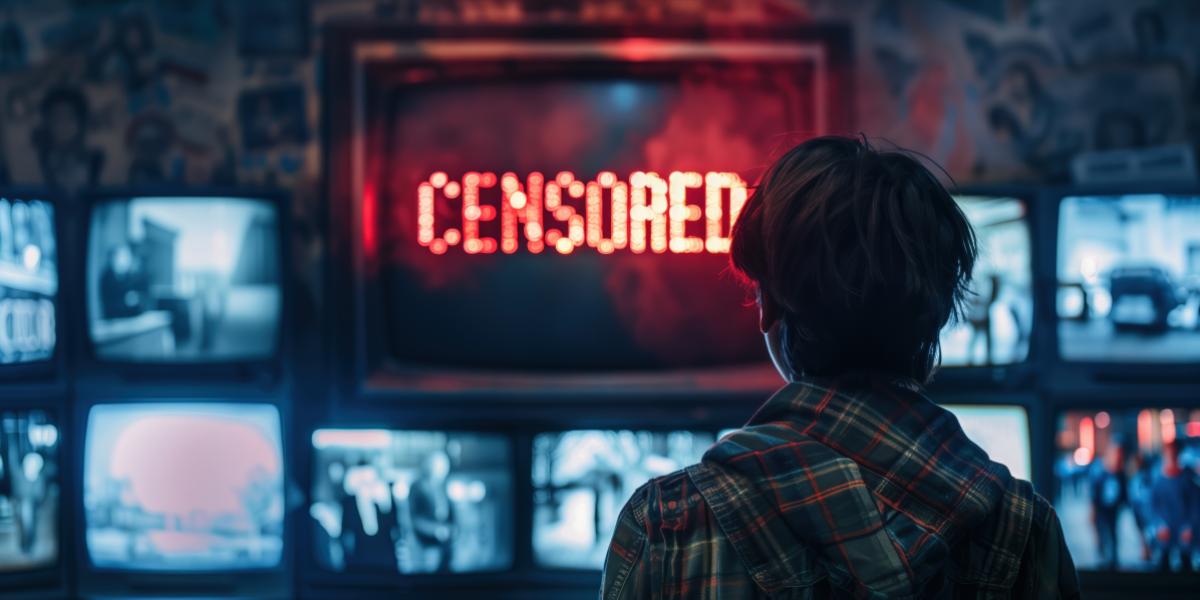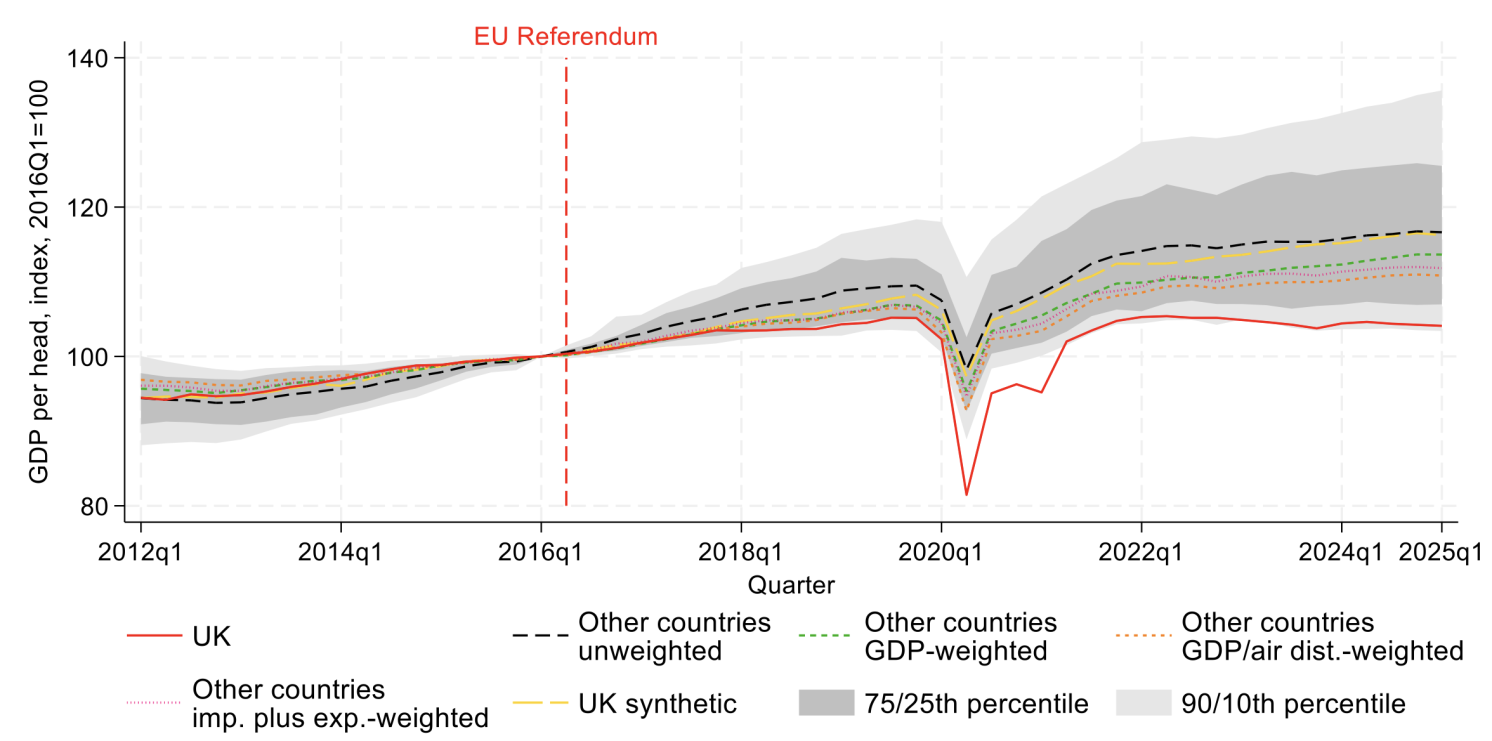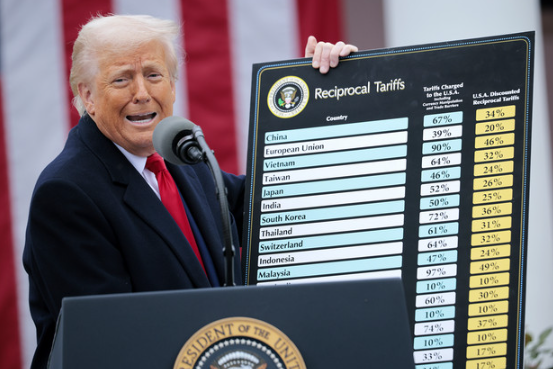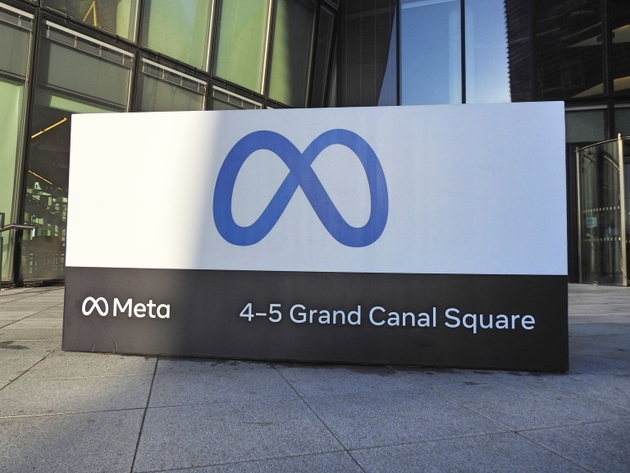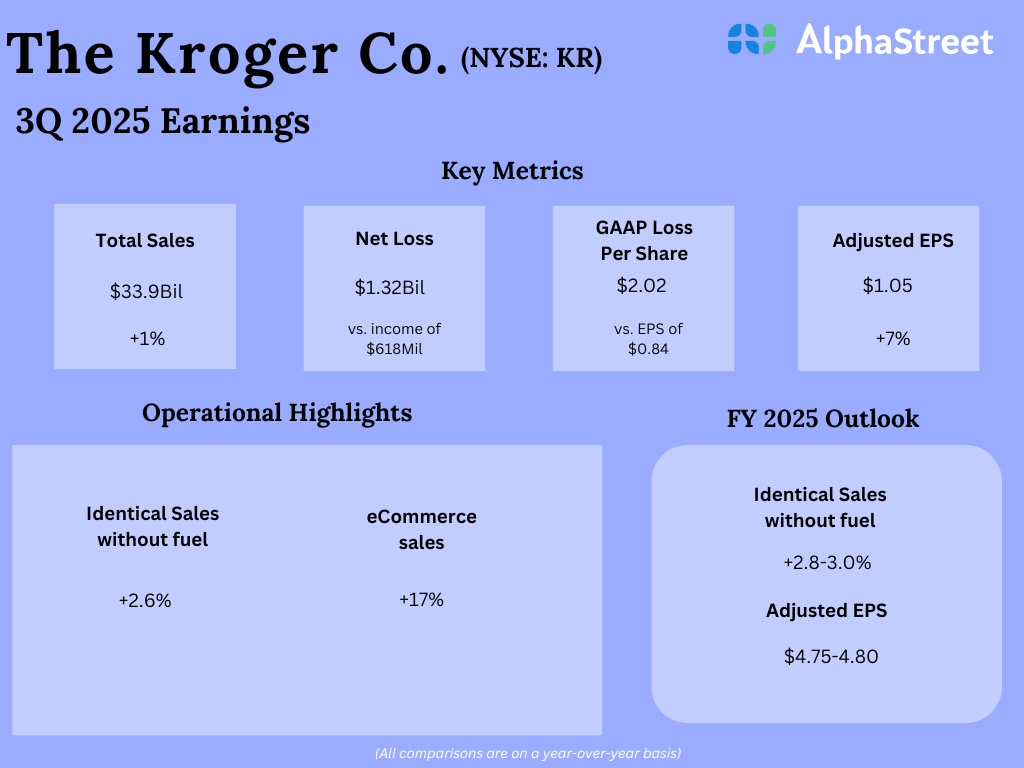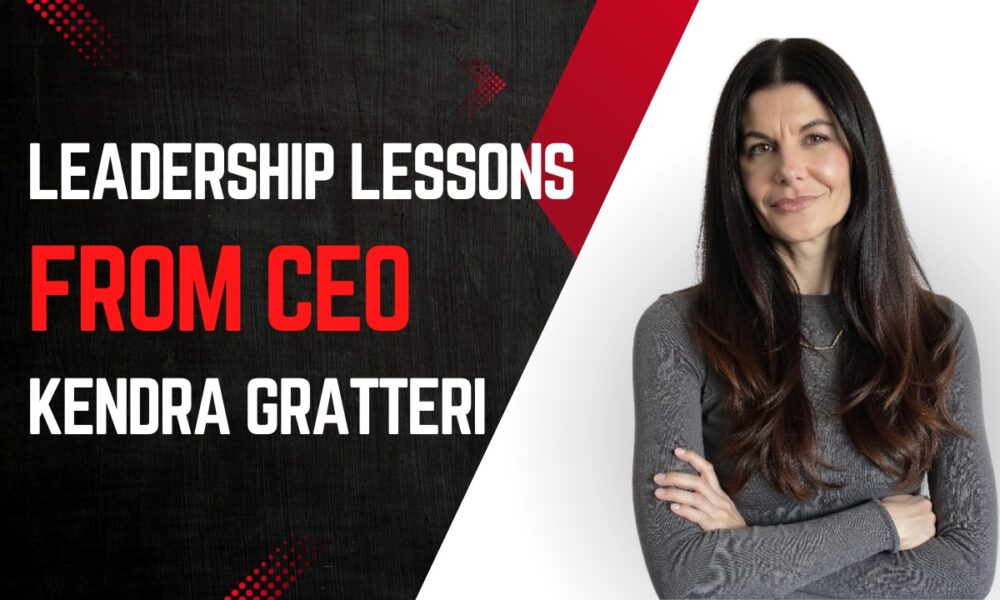On July 14, 804,000 longtime student loan borrowers began receiving word that their $39 billion in remaining debt would be forgiven as the result of the Education Department’s income-driven repayment (IDR) account adjustment. This one-time program, first announced in April 2022 to repair past missteps in the IDR system, is counting more past repayment periods toward income-driven repayment (IDR) forgiveness. Many borrowers will be at least three years closer to IDR forgiveness — and some will automatically see their loans forgiven altogether.
“At the start of this Administration, millions of borrowers had earned loan forgiveness but never received it. That’s unacceptable,” Department of Education Under Secretary James Kvaal said in a July 14 press release announcing the news. “Today we are holding up the bargain we offered borrowers who have completed decades of repayment.”
This is just the tip of the iceberg. More than 4.4 million borrowers have been repaying their loans for at least 20 years, and 2.3 million of these borrowers have never defaulted or been delinquent on their loans, according to April 2021 Education Department data provided to Sen. Elizabeth Warren. However, there’s not yet a final count of total borrowers who will receive the IDR account adjustment forgiveness, says Mike Pierce, executive director of the Student Borrower Protection Center (SBPC).
“If I were a borrower, I would feel pretty good about this happening, but you know, we never say never,” Pierce says. “This is something that has never been put in front of a federal judge, and we have not seen any signs that it’s going to.”
All this is occurring as borrowers gear up for student loan payments to resume in October. Here’s what you need to know about the next waves of loan forgiveness under the IDR account adjustment and what qualified borrowers can do to prepare for it.
When will IDR adjustments be made?
The Education Department said it will notify waves of loan forgiveness recipients about every two months. Since the first major batch was announced on July 14, borrowers can expect the next announcement by mid-September.
The department plans to apply the account adjustment by the end of 2023 to all borrowers who’ve reached enough payments for forgiveness; all other borrowers will receive at least three additional years of credit toward IDR loan forgiveness in 2024.
Will I get IDR account adjustment forgiveness?
To find out whether you’ll receive loan forgiveness under the one-time IDR account adjustment, you must count your past payments yourself.
Generally, borrowers with undergraduate loans will receive loan forgiveness if they’ve made at least 240 monthly student loan payments, and those with some graduate loans will reach forgiveness if they’ve made at least 300 payments, Pierce says.
From July 1994 onward, the adjustment counts the following periods toward the 240 or 300 payments needed to reach forgiveness:
-
Any month a borrower was in repayment, even if the payments were late or partial. The type of repayment plan also doesn’t matter.
-
Time spent in forbearance, either periods lasting 12 or more consecutive months or a cumulative 36 or more months.
-
Any month spent in deferment other than in-school deferment before 2013.
-
Any month spent in economic hardship or military deferments on or after Jan. 1, 2013.
-
Any months in repayment, forbearance or a qualifying deferment before a loan consolidation.
Months spent in default will generally not be included in the recount, though borrowers who enroll in the temporary Fresh Start program to get out of default will get IDR credit from March 2020 through the date they leave default.
Log in to your Federal Student Aid (FSA) account at StudentAid.gov to see how long you’ve been in repayment. To see detailed information, including descriptions of the specific forbearance or deferment periods, request your account history from your servicer.
How to prepare for the IDR account adjustment
The loan forgiveness will be largely automatic for most eligible federal borrowers with older direct loans, federally held Federal Family Education Loan Program (FFELP) loans and parent PLUS loans. These borrowers don’t need to take any action to qualify or receive loan forgiveness.
“The good news is, for most people, you don’t actually need to be an expert on this program to benefit from it,” Pierce says. “If you have a loan that’s owned by the Department of Education, it’s just gonna work for you.”
But there are some small steps you can take to be proactive.
Update your contact information
Regardless of the type of federal student loans you have, check that your current contact information is listed in both your FSA and servicer accounts. While you’re at it, make sure you still have the password to these accounts, and reset your login credentials if needed.
Forty-four percent of federal borrowers were transferred to a new servicer during the pandemic payment pause, according to a June estimate from the Consumer Financial Protection Bureau, so now is also a good time to see if your servicer changed.
You’ll likely be notified by email if and when your loans are forgiven under the IDR account adjustment, but student loan communications may also arrive by mail.
Consolidate commercially managed federal loans
Some federal loans are not held by the government, but by a private entity. Borrowers with these commercially managed federal loans won’t benefit from the recount automatically — they’ll need to consolidate these loans to qualify. The account adjustment will count periods of repayment prior to consolidation toward IDR forgiveness.
Commercially held loans include certain FFELP loans, Perkins loans and Health Education Assistance Loan (HEAL) Program loans. You can see what type of loans you have on the dashboard of your FSA account or servicer portal.
You have until the end of 2023 to consolidate commercially held loans, but don’t delay. The full consolidation process can take from 30 to 60 days, Pierce says. Get started by submitting a direct loan consolidation application on the Federal Student Aid office website.
Consolidate newer parent PLUS loans
Parent PLUS loans are included in the IDR account adjustment. If you reach 300 payments — or 120 payments if you’re eligible for PSLF — your parent PLUS debt will be discharged automatically this year, regardless of whether or not your PLUS loans are consolidated.
But if you have fewer payments than that, you’ll need to act. Consolidate your parent PLUS loans before the end of 2023 to benefit from the adjustment, and enroll in an IDR plan called Income-Contingent Repayment to continue making progress toward forgiveness.
Apply for Public Service Loan Forgiveness
Borrowers eligible for PSLF are also eligible for the account adjustment; they can receive IDR loan forgiveness after just 10 years, or 120 eligible payments. PSLF-eligible borrowers with direct loans, including parent PLUS loans, will benefit automatically. Those with either federally or commercially managed FFELP loans must consolidate them into a direct consolidation loan by the end of 2023 to get PSLF credit under the account adjustment.
After the adjustment is applied to your account, you’ll see credit toward PSLF for any month after October 2007 during which you were in repayment and had qualifying employment.
“If you’ve applied or will apply for PSLF and certify your employment, you may see the benefits of this adjustment to your qualifying payment count,” writes the office of Federal Student Aid. Do so as soon as possible to ensure you benefit from the recount.
Check your state’s tax policy
The federal government won’t tax any debt forgiven as a result of the IDR account adjustment.
However, certain states, including Indiana and Mississippi, treat forgiven student loans as taxable earned income, and thus may tax the amount of forgiven debt you receive. The vast majority of states don’t do this, so check the rules in your state.
If you’re concerned about a state tax bill, you can opt out of loan forgiveness. You have 30 days to do so after you receive notice that your remaining debt will be forgiven under the IDR account adjustment.











